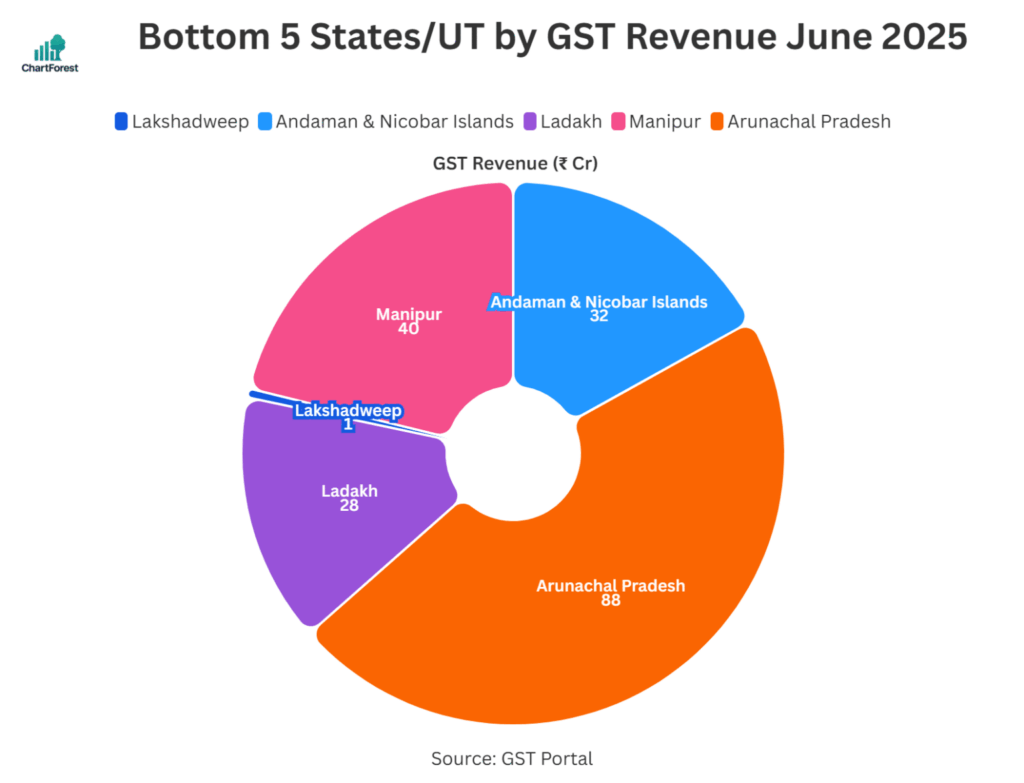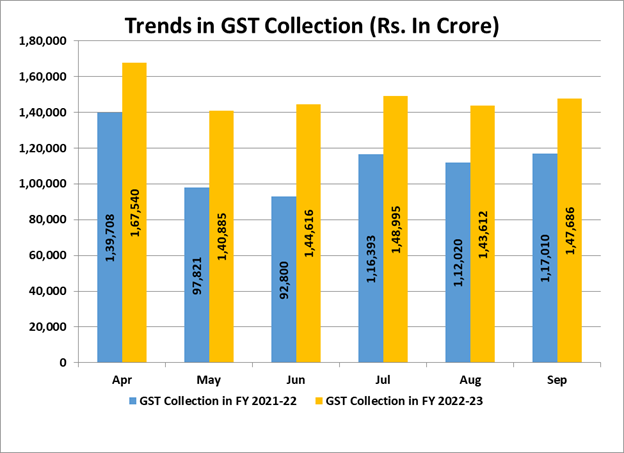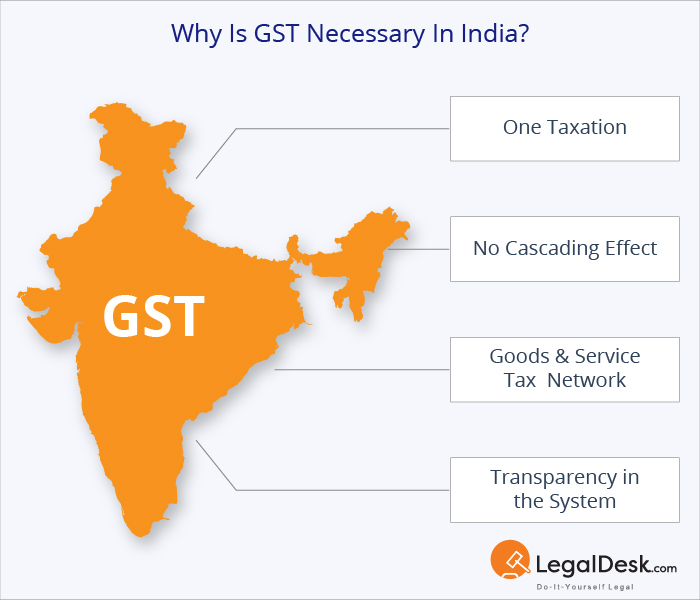
Supreme Court Flags Major Loopholes in GST Enforcement: If you’ve been following global tax news, you probably heard that the Supreme Court of India recently dropped a truth bomb: there are major loopholes in GST enforcement for foreign digital giants—think Netflix, Google, Spotify—that could let them slide without paying their fair share of taxes in India. Now, I know “GST loopholes” might not sound like a thriller novel, but trust me, this story’s got drama, money, and a serious lesson about how governments keep up with the fast lane of digital business. And yeah, even if you’re a pro in the industry or a kid just curious about why your streaming bill might be going up, you’ll want to hear this.
Supreme Court Flags Major Loopholes in GST Enforcement
The Supreme Court of India’s ruling on GST loopholes for foreign digital giants is a wake-up call—not just for India, but for every country wrestling with cross-border digital taxes. The digital economy is growing faster than tax systems can adapt, and without robust monitoring and international cooperation, billions in public revenue are at stake.
| Topic | Details |
|---|---|
| Court Case | Pradeep Goyal v. Union of India & Others, WP (C) 258/2021 |
| Main Issue | Gaps in GST enforcement for OIDAR (Online Information and Database Access or Retrieval) services |
| Loopholes Identified | No tracking mechanism for GST payments; No verification system for foreign service receipts |
| Affected Players | Netflix, Google, Spotify, Apple Music, Amazon Prime Video |
| Impact on India | Potential tax revenue loss in hundreds of crores |
| Court’s Directive | GST Council to plug compliance gaps |
| Official Resource | GST Council Official Website |
What Exactly Did the Supreme Court Say?
On July 29, 2025, the Supreme Court wrapped up a case that had been simmering since 2021. It was about OIDAR services—basically, digital stuff you get online from a foreign company without them having a physical office in India.
The Court pointed out two big problems:
- No proper system to track GST on these services when Indians are the customers.
- No way to verify foreign companies’ income from India to make sure they’re paying what they should.
In plain English: imagine if you owned a lemonade stand, but your customers paid you online from another country. If the tax guy had no way to see your sales, you could “forget” to report some of it. That’s the risk India’s dealing with now—but on a scale of billions of rupees.
A Little Background on OIDAR GST Rules
India brought OIDAR GST provisions into play in 2017, when GST replaced a patchwork of state and central taxes. The rule was simple: if you sell digital services to Indian customers, you pay GST—even if your headquarters are in another country.
The idea wasn’t unique. Other countries were already moving in that direction, but India’s challenge was different—its booming internet population and rapid growth in cross-border streaming, gaming, and cloud services meant the market grew faster than enforcement tools could keep up.

Why Should Americans Care About Indian GST Rules?
Two reasons:
- Global precedent: If India’s struggling with this, the IRS and other tax authorities are likely watching closely. Digital tax compliance is a worldwide headache.
- Business impact: US-based tech companies could face stricter rules abroad, meaning higher compliance costs, possible subscription hikes, or even service changes in certain countries.
Remember when Netflix prices in the US jumped a few bucks? Taxes and regulations played a role in that.
Case Study Example – The MusicStream Scenario
Let’s say MusicStream, a US-based app, has 2 million subscribers in India paying $5/month. That’s $10 million in monthly revenue. Under Indian GST (currently 18% for most digital services), the company owes $1.8 million in tax each month.
If MusicStream fails to register in India or under-reports earnings, India’s tax authority might not even notice—because there’s no integrated system to cross-check payments with actual usage. Multiply that across dozens of companies, and the gap gets huge.
Breaking Down GST for Foreign Digital Services
Goods and Services Tax (GST) in India is similar to a mix of sales tax and VAT. It’s charged on most goods and services sold in the country. For foreign digital services, India uses something called the reverse charge mechanism—where the Indian customer is responsible for paying the tax, not the foreign seller.
Example: If you’re in Mumbai and you pay $10 for a Netflix subscription, Netflix should technically pay GST to India, but if they don’t, you might be responsible for self-assessing and paying it.
Supreme Court Flags Major Loopholes in GST Enforcement
1. No Tracking of GST Payments
There’s no automated system to confirm whether GST is actually collected and paid on foreign digital sales. Without a direct data link between payment processors, platforms, and tax authorities, enforcement is guesswork.
2. No Verification of Receipts
Even if a company reports its Indian earnings, tax officials can’t verify the numbers unless the company voluntarily shares detailed data—or a foreign government agrees to help.

How Other Countries Handle It?
- United States: Sales tax on digital services varies by state. Platforms like Apple and Google generally collect it at checkout to avoid compliance headaches.
- European Union: VAT rules require foreign sellers to register in at least one EU country via the OSS system, streamlining reporting across all member states.
- Australia: Introduced a “Netflix Tax” in 2017, making offshore suppliers collect GST. Compliance is enforced through payment gateways and local partners.
India’s situation is trickier because it’s trying to apply a nationwide rule in a market with hundreds of millions of digital customers and multiple payment ecosystems.
How This Impacts India’s Economy?
According to IBEF, India’s digital service market is projected to hit $35 billion by 2030. If just 10% of that goes unreported, that’s $3.5 billion in lost tax revenue. That could fund over 40,000 rural schools or hundreds of new hospitals.
This isn’t just about money—it’s about fairness. Domestic companies have to comply strictly, while foreign giants may be skating by without equal scrutiny.
Expert Opinions
Tax consultant Ananya Rao notes:
“Without real-time transaction tracking and global data-sharing agreements, India will always be one step behind in digital tax collection.”
Former tax official Rajesh Menon adds:
“This ruling is not just about plugging leaks; it’s about building a system that can keep up with the speed of the internet economy.”
What the Supreme Court Wants Next?
The Court told the GST Council to:
- Develop tech-based monitoring systems.
- Work with foreign tax authorities for better data sharing.
- Require foreign digital companies to register and report more transparently in India.
- Explore using payment processors as tax collection agents.

Practical Advice for Businesses and Professionals
If you run or work for a US-based tech firm selling in India:
- Get familiar with OIDAR GST rules.
- Keep airtight records of your Indian transactions.
- Watch for rule changes in the next year—India is likely to act fast.
If you’re a consumer in India:
- Check your invoices for GST charges.
- Expect possible cost increases as compliance tightens.
A Quick Guide to Staying Compliant (For Foreign Businesses)
Step 1: Register under Indian GST if you serve customers there.
Step 2: File periodic GST returns online.
Step 3: Maintain accurate revenue and payment records.
Step 4: Stay updated on GST notifications
Future Trends – How Tech Can Plug These Gaps
- AI-powered monitoring that flags suspicious revenue patterns.
- Blockchain-based transaction logs for secure and transparent reporting.
- Global tax APIs enabling real-time data exchange between countries.
- Integration between tax systems and payment gateways like Visa, Mastercard, and PayPal.
The Bigger Picture – Digital Tax Wars
India isn’t alone in this fight. The OECD has been pushing for a global digital tax framework, but negotiations are slow. Countries like France and the UK have already introduced their own digital services taxes, targeting ad revenues from companies like Google and Facebook.
If more nations follow, tech companies may have to juggle dozens of separate compliance regimes—potentially reshaping subscription models, pricing, and availability of services worldwide.
Central GST Authorities Clarify No Notices Issued Based on UPI Transactions Amid Karnataka Row
“No More Mysterious Justice”: Jharkhand HC Strikes Down GST Order, Demands Clarity
Maruti Suzuki Subsidiary Slammed With ₹86 Crore GST Penalty in Appellate Ruling










